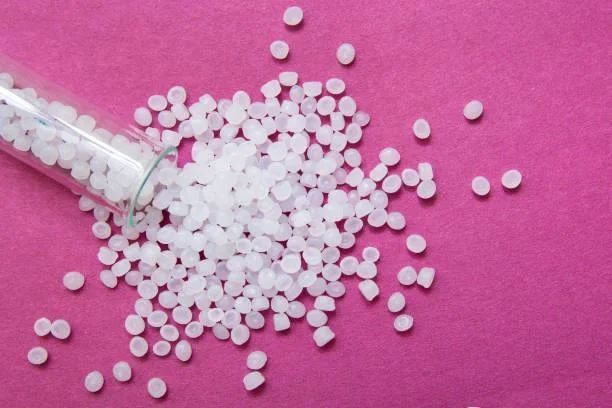compound hdpe for thin films
compound hdpe for thin films for thin films requires careful formulation to balance properties like strength, flexibility, clarity, and processability. Thin-film HDPE applications often demand unique attributes like toughness, tear resistance, and optical clarity, depending on the intended use (e.g., packaging, agriculture, or industrial applications). Here’s a breakdown of key aspects to consider:
Base Resin
- HDPE Grades: Use grades with medium to high molecular weight (MW). Lower-MW grades are suitable for improved clarity but may sacrifice mechanical properties.
- Melt Index (MI): A MI range of 0.3–3 g/10 min (ASTM D1238) is common for thin films, depending on the processing method (blown or cast).
Additives and Modifiers
To achieve the desired film properties, HDPE is compounded with:
a. Processing Aids
- Slip Agents: To reduce film tackiness and improve handling (e.g., erucamide or oleamide).
- Anti-blocking Agents: Reduce adhesion between film layers using inorganic materials like silica or talc.
- Antioxidants: Prevent thermal degradation during processing (e.g., hindered phenols like Irganox 1010).
- Processing Stabilizers: Phosphites/phosphonites are common to stabilize HDPE during extrusion.
b. Mechanical Property Enhancers
- Impact Modifiers: Add elastomers (like ethylene-octene copolymers) to improve flexibility and impact resistance.
- Blending with LLDPE or LDPE: Linear Low-Density Polyethylene (LLDPE) or Low-Density Polyethylene (LDPE) improves elongation, flexibility, and sealability for thin films.
c. Optical Property Enhancers
- Nucleating Agents: Enhance clarity by modifying crystal structure and reducing haze.
- Clarity Additives: Such as sorbitol-based clarifiers to reduce opacity.
d. Functional Additives
- UV Stabilizers: For films exposed to sunlight, especially in agricultural or outdoor applications.
- Antimicrobial Agents: For hygiene-sensitive applications like food packaging.
- Colorants or Masterbatches: Add for branding or aesthetic purposes.

Film Manufacturing Process
The compounding strategy also depends on the chosen method for thin-film production:
- Blown Film Extrusion: Common for HDPE thin films; additives like slip agents and anti-blocking agents are critical to prevent sticking during cooling.
- Cast Film Extrusion: Requires hdpe granule for blow molding with high clarity and gloss properties for applications like food wrap.
Formulation Example for Thin HDPE Film
Here’s a general starting point:
| Component |
Percentage (%) |
| HDPE Base Resin |
85–90 |
| LLDPE or LDPE Blend Resin |
5–10 |
| Slip Agent |
0.1–0.2 |
| Anti-blocking Agent |
0.1–0.5 |
| Antioxidants/Stabilizers |
0.2–0.3 |
| Nucleating/Clarity Agents |
0.1–0.2 |
Testing and Optimization
Always conduct thorough testing (e.g., tensile strength, tear resistance, haze, gloss, and sealability) and adjust the formulation based on results and specific application needs.
